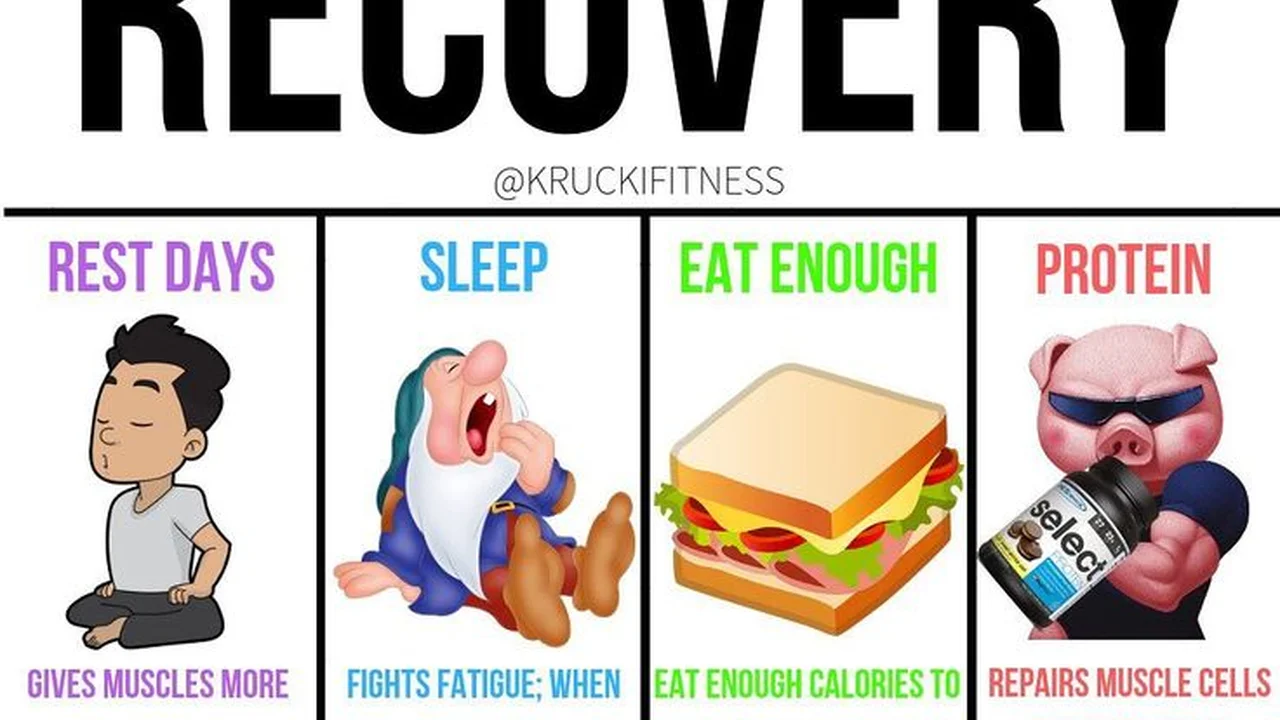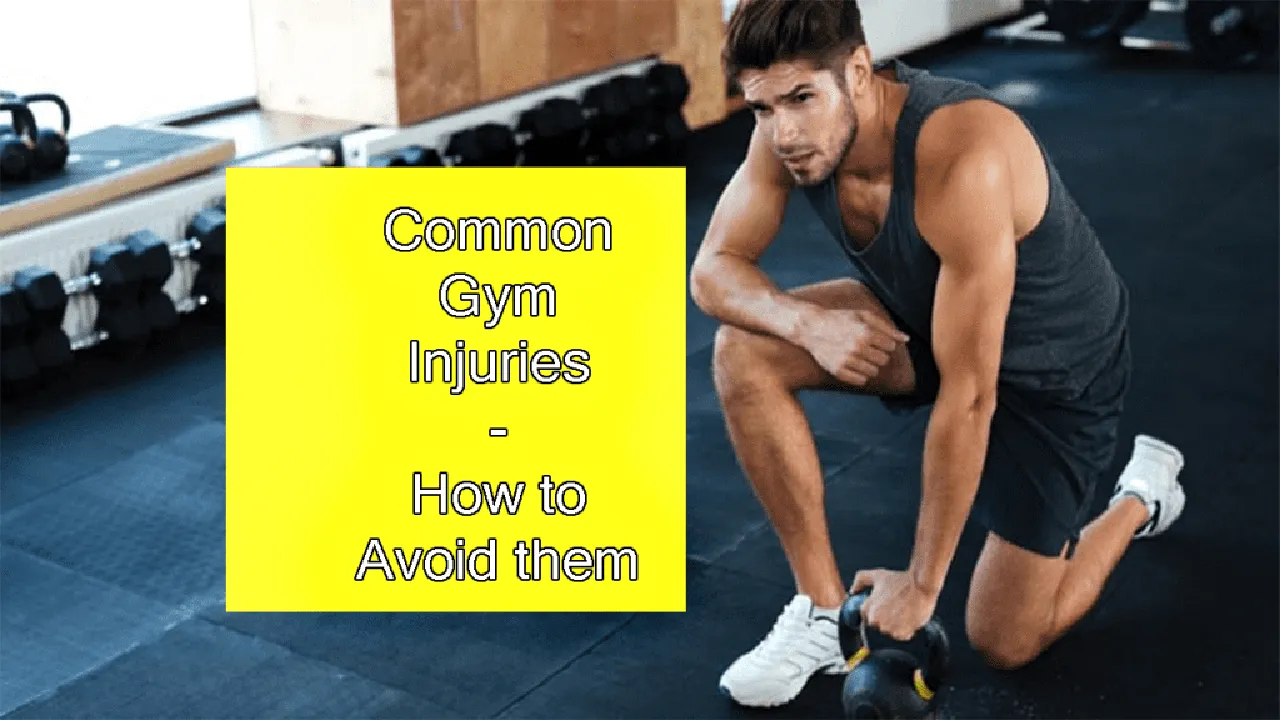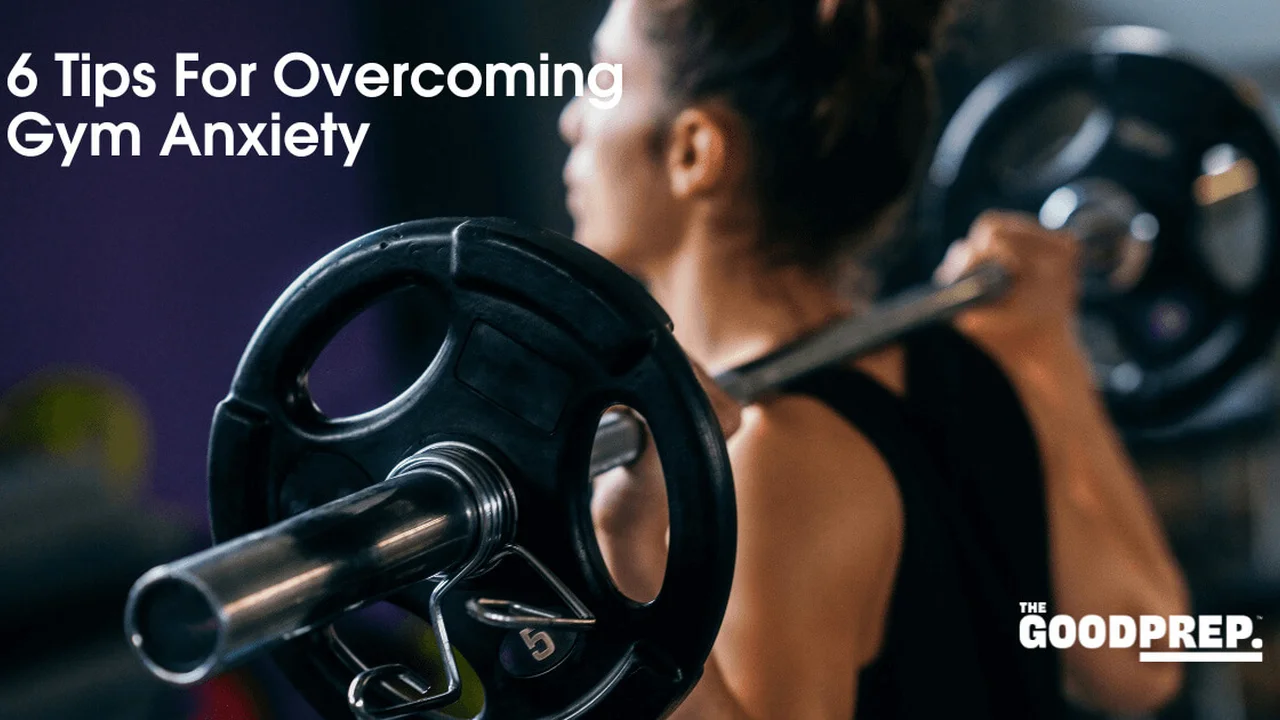Recovery Techniques: Optimizing Your Body's Repair Process
Unlock your body's full potential with advanced recovery techniques. This guide explores the science-backed methods to optimize your repair process, from active recovery and nutrition to sleep and targeted therapies. Discover practical strategies, product recommendations, and comparative analyses to supercharge your fitness journey and minimize downtime.

Understanding Muscle Recovery The Science Behind Repair
Alright, let's dive into the nitty-gritty of muscle recovery. When you crush it at the gym, you're essentially creating micro-tears in your muscle fibers. This is totally normal and actually necessary for growth. But, and this is a big but, your body needs time and the right tools to repair those tears and build them back stronger. The recovery process involves several key players: inflammation, protein synthesis, and glycogen replenishment. Inflammation, while sometimes demonized, is your body's initial response to damage. It signals the immune system to get to work, clearing out debris and initiating the repair process. Then comes protein synthesis, where your body uses amino acids (from protein) to rebuild and strengthen those muscle fibers. Finally, glycogen replenishment is crucial for restoring energy stores in your muscles, fueling your next workout. Ignoring any of these steps can lead to plateaus, injuries, and a whole lot of frustration. So, understanding the science is the first step to mastering recovery.
Active Recovery Techniques Moving Your Way to Faster Healing
Forget the couch potato routine! Active recovery is all about light, low-intensity exercise that promotes blood flow and speeds up the healing process. Think of it as a gentle massage for your muscles. Here are a few killer active recovery techniques:
- Light Cardio: A brisk walk, a leisurely bike ride, or a swim can work wonders. Aim for 30-45 minutes at a conversational pace.
- Yoga and Stretching: Improve flexibility, reduce muscle stiffness, and promote relaxation. Focus on poses that target the muscles you worked hard during your workout. Check out apps like Down Dog or Glo for guided sessions.
- Foam Rolling: This is your DIY massage therapist. Use a foam roller to release muscle knots and improve blood flow. Target major muscle groups like your quads, hamstrings, back, and calves.
- Dynamic Stretching: Arm circles, leg swings, torso twists. These movements promote blood flow and flexibility before a workout.
The key is to keep the intensity low. You should feel better after active recovery, not more tired. It's about facilitating the recovery process, not adding more stress to your body.
Nutritional Recovery Fueling Your Muscles for Optimal Repair
You can't build a house without bricks, and you can't repair your muscles without the right nutrients. Nutrition is a critical component of recovery. Here's the breakdown:
- Protein: The building block of muscle. Aim for 20-40 grams of protein within an hour or two after your workout. Whey protein is a popular choice due to its rapid absorption, but casein protein (slower absorbing) can be beneficial before bed. Consider whey isolate for lactose sensitivity.
- Carbohydrates: Replenish glycogen stores and provide energy. Opt for complex carbs like whole grains, fruits, and vegetables. Simple carbs, like dextrose, can be useful immediately post-workout for a quick energy boost.
- Healthy Fats: Essential for hormone production and overall health. Include sources like avocados, nuts, seeds, and olive oil in your diet.
- Hydration: Water is crucial for transporting nutrients and removing waste products. Drink plenty of water throughout the day, especially before, during, and after workouts. Electrolyte drinks can also be helpful, especially after intense exercise.
Don't forget about micronutrients! Vitamins and minerals play a vital role in muscle function and recovery. A balanced diet rich in fruits, vegetables, and whole grains will provide most of what you need.
Sleep and Recovery The Unsung Hero of Muscle Repair
While you're sleeping, your body is hard at work repairing and rebuilding. Sleep deprivation can wreak havoc on your recovery, leading to increased inflammation, decreased protein synthesis, and impaired performance. Aim for 7-9 hours of quality sleep per night. Here are a few tips to improve your sleep:
- Establish a Regular Sleep Schedule: Go to bed and wake up at the same time each day, even on weekends.
- Create a Relaxing Bedtime Routine: Take a warm bath, read a book, or listen to calming music.
- Optimize Your Sleep Environment: Make sure your bedroom is dark, quiet, and cool.
- Avoid Caffeine and Alcohol Before Bed: These substances can interfere with your sleep.
Consider a sleep tracker to monitor your sleep quality and identify areas for improvement. Apps like Sleep Cycle or wearables like Fitbit can provide valuable insights.
Targeted Therapies Enhancing Recovery with Advanced Techniques
Beyond the basics, several targeted therapies can further enhance your recovery:
- Massage Therapy: Reduces muscle tension, improves blood flow, and promotes relaxation. A sports massage can be particularly beneficial for athletes.
- Cryotherapy: Exposing your body to extremely cold temperatures for a short period can reduce inflammation and pain. Whole-body cryotherapy is a popular option.
- Contrast Therapy: Alternating between hot and cold water immersion can improve blood flow and reduce muscle soreness. Try a hot/cold shower or a contrast bath.
- Compression Therapy: Wearing compression garments can improve blood flow and reduce muscle swelling. Compression socks and sleeves are commonly used.
- Red Light Therapy: Uses low-level red or near-infrared light to stimulate cellular function and reduce inflammation.
These therapies can be a valuable addition to your recovery arsenal, but it's important to consult with a healthcare professional before trying them.
Supplementation for Recovery Optimizing Your Nutrient Intake
Supplements can play a supportive role in your recovery, but they're not a substitute for a healthy diet and lifestyle. Here are a few supplements that may be beneficial:
- Creatine: Enhances muscle strength and power, and can also aid in recovery.
- Branched-Chain Amino Acids (BCAAs): May reduce muscle soreness and improve recovery.
- Glutamine: Supports immune function and may reduce muscle soreness.
- Omega-3 Fatty Acids: Reduce inflammation and promote overall health.
- Turmeric/Curcumin: Has anti-inflammatory properties.
Always consult with a healthcare professional before taking any supplements, especially if you have any underlying health conditions.
Product Recommendations and Comparisons
Okay, let's get down to some specific product recommendations! I'm going to give you some examples across different categories, along with comparisons and pricing (prices are approximate and can vary).
Foam Rollers: Choosing the Right Tool for the Job
Foam rolling is a cornerstone of active recovery. Here are a few options:
- OPTP PRO-ROLLER Soft Density Foam Roller:
*Description: A classic, high-density foam roller. Great for general muscle soreness. The soft density is good for beginners or those with sensitive muscles.
*Use Case: All-over body rolling, pre- and post-workout.
*Comparison: Less intense than a rumble roller. More forgiving. Good for daily use.
*Price: $25 - $35 - TriggerPoint GRID Foam Roller:
*Description: Features a multi-density grid pattern for varying levels of massage intensity. More targeted than a smooth roller.
*Use Case: Breaking up knots and adhesions in specific muscle groups.
*Comparison: More intense than the OPTP. Can be uncomfortable for beginners. Great for targeting specific problem areas.
*Price: $30 - $45 - RumbleRoller:
*Description: Aggressive, knobby design for deep tissue massage. Not for the faint of heart!
*Use Case: Releasing stubborn knots and improving circulation.
*Comparison: Most intense option. Requires careful use to avoid injury. Best for experienced foam rollers.
*Price: $50 - $70
Protein Powders: Fueling Muscle Repair and Growth
Protein is essential for muscle recovery. Here are a few popular choices:
- Optimum Nutrition Gold Standard 100% Whey:
*Description: A blend of whey protein isolate, concentrate, and peptides. A well-rounded and popular choice.
*Use Case: Post-workout shake, meal replacement.
*Comparison: Offers a good balance of quality and affordability. Wide variety of flavors.
*Price: $30 - $60 (depending on size) - Transparent Labs 100% Grass-Fed Whey Protein Isolate:
*Description: Pure whey protein isolate sourced from grass-fed cows. Low in carbs and fat. Ideal for those watching macros.
*Use Case: Post-workout shake, for those seeking a purer protein source.
*Comparison: Higher quality protein source but comes at a premium price. Limited flavor options.
*Price: $50 - $70 - Vega Sport Protein:
*Description: Plant-based protein blend. Good for vegans and those with dairy sensitivities. Made with pea protein, brown rice protein, and other plant-based ingredients.
*Use Case: Post-workout shake, meal replacement for vegans.
*Comparison: A good option for plant-based diets but may not be as easily digestible as whey protein for some individuals.
*Price: $40 - $60
Massage Guns: Targeted Relief at Your Fingertips
Massage guns have become increasingly popular for muscle recovery. Here are three options covering a range of price points:
- Theragun Pro:
*Description: Top-of-the-line massage gun with adjustable speed, force, and interchangeable attachments. Powerful and versatile.
*Use Case: Deep tissue massage, muscle soreness relief, pre-workout activation.
*Comparison: The gold standard in massage guns, but also the most expensive. Excellent build quality and performance.
*Price: $599 - Hypervolt Go 2:
*Description: A more compact and affordable massage gun from Hyperice. Good for travel and general muscle relief.
*Use Case: General muscle soreness, travel companion.
*Comparison: Lighter and more portable than the Theragun, but less powerful. A good balance of price and performance.
*Price: $199 - Renpho Mini Massage Gun:
*Description: An affordable and portable mini massage gun. Good for targeting small muscle groups.
*Use Case: Targeted muscle soreness, travel companion, budget-friendly option.
*Comparison: Less powerful and versatile than the Theragun and Hypervolt, but a great value for the price.
*Price: $50
:max_bytes(150000):strip_icc()/277019-baked-pork-chops-with-cream-of-mushroom-soup-DDMFS-beauty-4x3-BG-7505-5762b731cf30447d9cbbbbbf387beafa.jpg)





